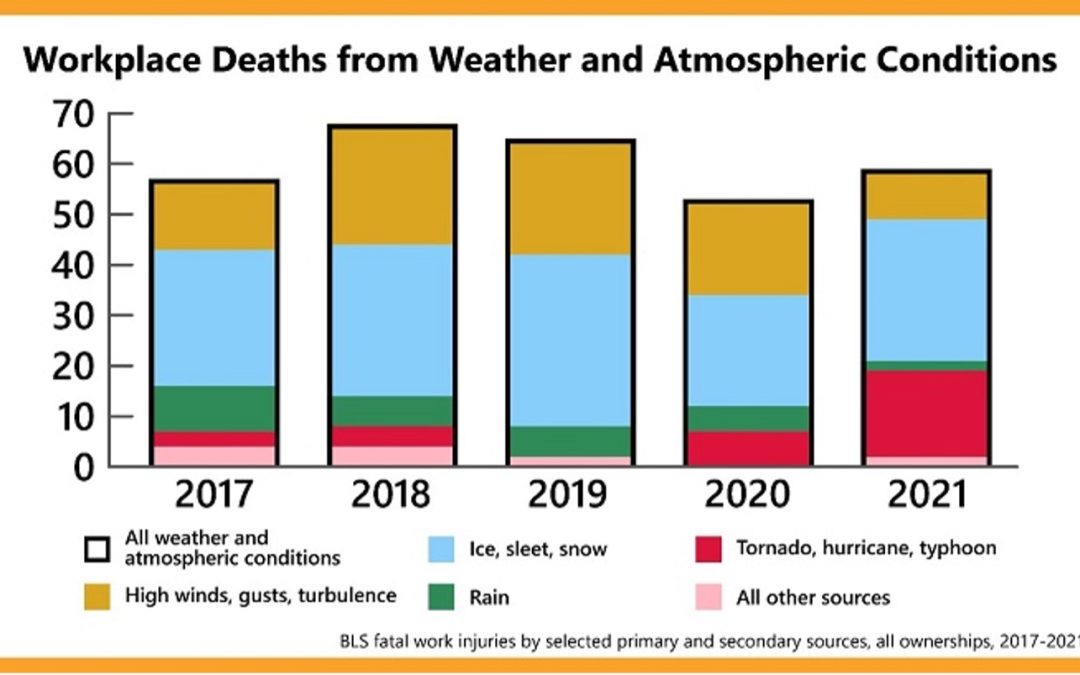
by Dana Chang | Mar 22, 2024 | Environmental, Health, Safety
Summary On August 29, 2023, EPA finalized regulatory changes that address several key issues related to implementing the PCB Cleanup and Disposal Program under the Toxic Substances Control Act. EPA expanded the available options for extraction and...

by Dana Chang | Mar 15, 2024 | Health, Safety
What is Personal Protective Equipment? Personal protective equipment, or PPE, is designed to protect employees from serious workplace injuries or illnesses resulting from contact with chemical, radiological, physical, electrical, mechanical, or other workplace...

by Dana Chang | Mar 8, 2024 | Health, Safety
The actions taken in the initial minutes of an emergency are critical. Prompt action and warnings can save lives, minimize physical damage to structures and property, and allow for better resilience. Every business should develop and implement an emergency plan for...

by Dana Chang | Mar 1, 2024 | Health, Safety
According to the U.S. Bureau of Labor Statistics (BLS), about 60 employees die each year from weather-related causes. Severe weather can cause electrocution, drowning, injuries from falling objects, and more. The Occupational Safety and Health Administration (OSHA)...

by Dana Chang | Feb 23, 2024 | Health, Safety
Potential Health Problems Caused by Cleaning Chemicals Many factors influence whether a cleaning chemical will cause health problems. Some important factors to consider include: • Chemical ingredients of the cleaning product; • How the cleaning product is being used...

by Dana Chang | Feb 16, 2024 | Health, Safety
With the new year, now is a good time to reevaluate your respiratory program to ensure you’re OSHA compliant. OSHA’s standard on respiratory protection (1910.134) is one of the agency’s most frequently cited each fiscal year. So, what do we need to know? First, let’s...

by Dana Chang | Jan 26, 2024 | Environmental, Health, Safety
What are PFAS? PFAS are manufactured chemicals that have been used in industry and consumer products since the 1940s. Because of their widespread use and their persistence in the environment, many PFAS are found in the blood of people and animals all over the world....

by Dana Chang | Jan 19, 2024 | Health, Safety
Hand injuries are serious: Protecting fingers and hands is important for work and quality of life. Work-related hand injuries are one of the leading reasons workers end up in the emergency room and miss work. Damage to the nerves in fingers and hands, loss of a...

by Dana Chang | Jan 6, 2024 | Health, Safety
Four factors contribute to cold stress: cold temperatures, high or cold wind, dampness, and cold water. A cold environment forces the body to work harder to maintain its core temperature. Cold air, water, and snow all draw heat from the body. So, while it is obvious...

by Dana Chang | Dec 29, 2023 | Health, Safety
This guidance provides baseline infection control procedures for seasonal flu. As new information about the current seasonal flu virus becomes available, this workplace guidance will be reevaluated and updated. Employers should ensure that they have the most...











